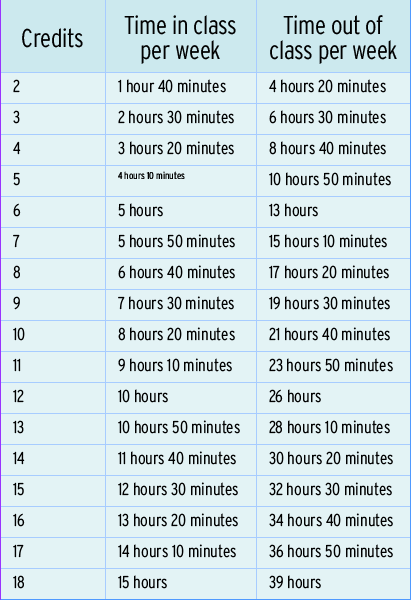
Students are expected to bring their “A-game” to each class they take this fall semester. For some who are new to BYU, however, the level of work required in and outside of the classroom may exceed that of any previous academic experience.
Undergraduate coursework at BYU is generally designed under a 1:3 credit/hour ratio; each credit hour registered for supposedly should equate to at least three hours of work per week, according to the “class preparation time” section of the university’s policy and procedures catalog.
“The expectation for undergraduate courses is three hours of work per week per credit hour for the average student who is appropriately prepared; much more time may be required to achieve excellence,” the section states. “These three hours may include one hour of lecture plus two hours of work outside class, three hours in a laboratory with little outside work, or any other combination appropriate to a particular course.”
Two-credit classes generally take up about one hour and 40 minutes per week in the class, leaving four hours and 20 minutes of expected preparation work outside of class. The expected time devoted out of class expands to about six and-a-half hours per week for three credit courses.
Nate Crowley, an incoming freshman from Farmington, Utah, who is registered for 13 credits, says he’s ready to face an increased workload this Fall Semester.
“I anticipate way more studying than I did in high school,” Crowley said. “I expect my ratio of in-class work to outside-(class work) being way outweighed to homework.”
Studying in distraction-free environments and avoiding apartment-based study are a few of the ways Crowley plans to adjust to a heavier workload.
“I definitely won’t study at home because I know as soon as I go home, I’ll just (put it off),” he said.
Food science major Shae Taylor, a junior from River Falls, Wisconsin, feels the amount of time spent working varies from class to class.
“I think for the ones that I already have a familiar background with — the religion ones, some of the other ones — I think (the amount of time working is) quite a bit less … probably only an hour, hour and-a-half per hour in class,” Taylor said. “For most of the other ones I think it’s pretty close: two to two and-a-half hours.”
Freshman Joseph Billings, a civil engineering major from Provo, experienced the pros and cons of the university’s workload during the Spring 2016 Term.
“I liked that there was more like a relaxed feel (than in high school). Even if it is more work, I like having everything kind of spread out and having time to kind of digest afterwards,” Billings said. “Right now I have an hour break after each class, so I get a little time to like calm down, come back down after a class and even work on a little homework or something like that.”
Billings says the amount of time he puts in for a class can change as the course progresses.
“Every once in a while there’s more, and it’s not always proportional; it’s not like the whole semester it’s one (credit) hour to one (study) hour,” Billings said. “You get to the end of the semester or doing projects and stuff like that and it’s like one hour to, like, four hours.”
The university encourages students who want to develop studying and time management skills to access the resources found in the Career & Academic Success Center, located in room 2590 of the Wilkinson Student Center.




